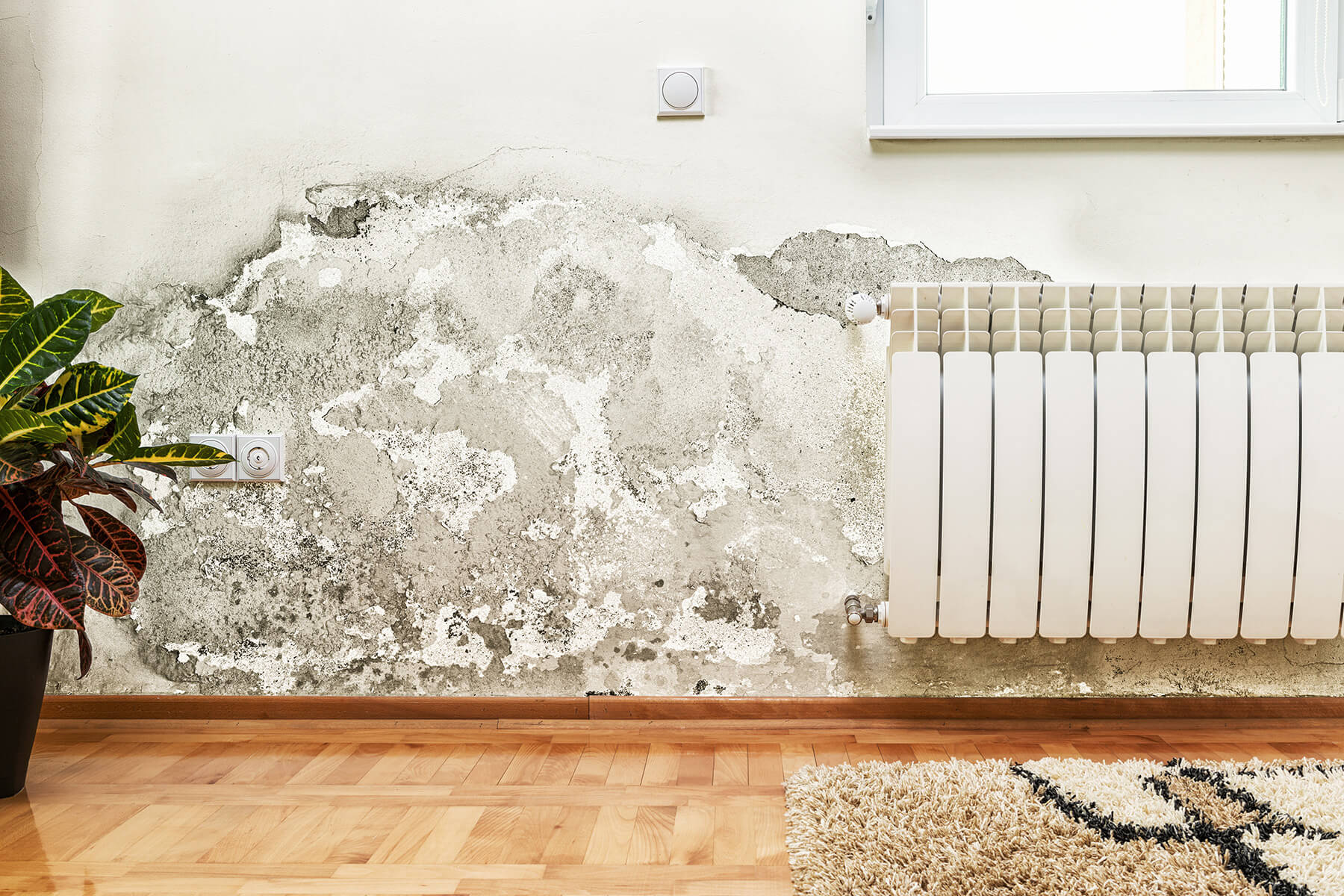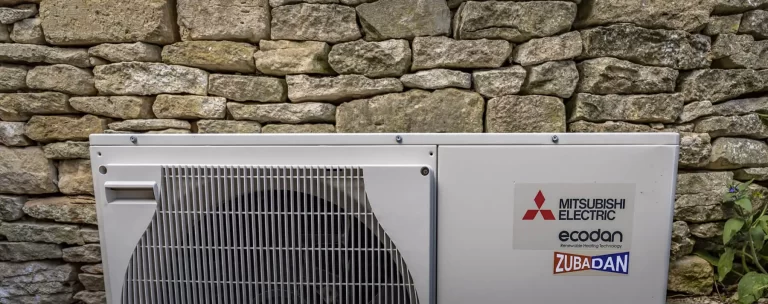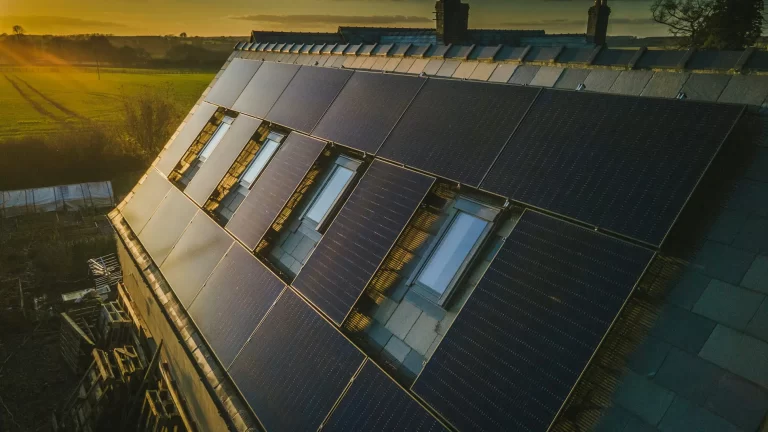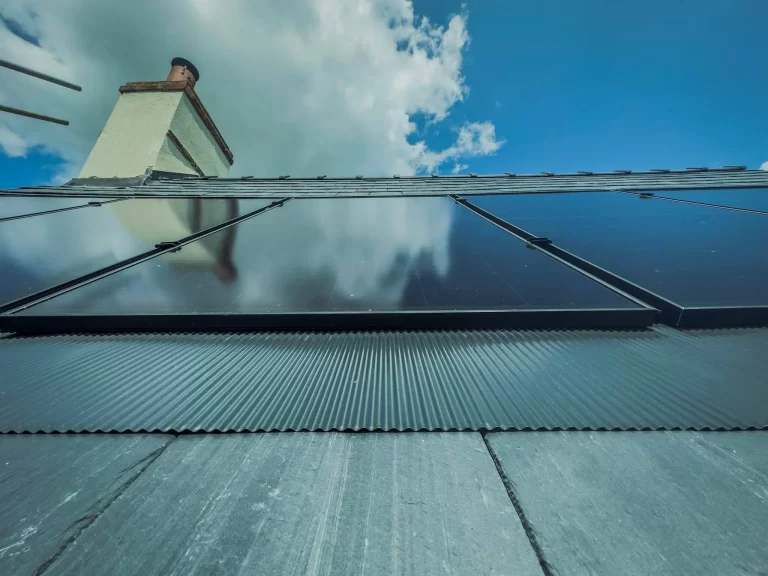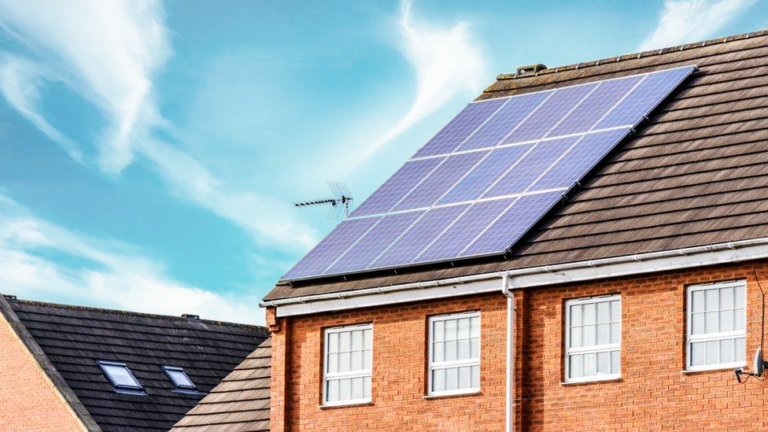Table of Contents
Cavity wall insulation is a popular way to improve the energy efficiency of your home by reducing heat loss and lowering energy bills. However, a common concern many homeowners have is whether cavity wall insulation could cause dampness in their property. In this article, we’ll explore whether cavity wall insulation causes dampness, signs of poor ventilation, and practical solutions to ensure your home remains dry and well-insulated.
Does Cavity Wall Insulation Cause Dampness?
One of the most frequent questions we get at Cotswold Energy Group is: Does cavity wall insulation cause dampness? The short answer is no, cavity wall insulation itself does not directly cause dampness. However, if it is not installed properly or if there are existing issues in your home that prevent proper ventilation, damp problems can arise.
Cavity wall insulation works by filling the gap between the outer and inner walls of your home with an insulating material, reducing heat loss. When installed correctly, it helps to improve energy efficiency and comfort. But, if moisture is allowed to accumulate within the cavity, it can cause issues such as dampness, which may affect the integrity of your property.
Signs of Poor Ventilation in Your Home
Poor ventilation is a key factor in whether cavity wall insulation might contribute to dampness. Without proper airflow, moisture can become trapped in your home, leading to damp problems. So, how can you tell if your home is suffering from poor ventilation? Look out for these common signs:
- Condensation on windows and walls
- Musty smells or mould growth
- Damp or wet patches on walls
- Peeling paint or wallpaper
- Stale or stuffy air in rooms
These are all signs of poor ventilation in a house, and they could also be contributing to moisture accumulation in your cavity wall insulation. Ensuring adequate airflow is crucial to preventing dampness and protecting your insulation.
How to Check if Cavity Wall Insulation is Wet
If you’re concerned about the possibility of wet cavity wall insulation, it’s important to look for some telltale signs:
- Damp patches on walls – Wet cavity wall insulation may cause moisture to seep through, resulting in damp patches or stains on your interior walls.
- A drop in energy efficiency – If you notice that your heating bills are higher than usual, it could be a sign that your insulation is no longer working as effectively due to moisture.
- Musty odour – A persistent damp smell inside your home, especially near the walls, could indicate wet cavity wall insulation.
There are several factors that can cause moisture to reach your cavity wall insulation, including:
- External wall leaks – Water can seep into the cavity through cracks or gaps in the external walls, especially if there are issues with the mortar or the brickwork.
- Faulty flashing around windows and doors – If the flashing around windows or doors is damaged, it can allow rainwater to enter the cavity.
- Inadequate roof drainage – Blocked or poorly maintained gutters and downpipes can lead to water spilling down the walls, which could then penetrate the cavity.
If you suspect that your insulation is wet, it’s best to call a professional from SCIS Ltd (Cotswold Energy Group’s sister company) to carry out an inspection. They can determine if your insulation needs replacing or if other factors are contributing to the dampness.
Preventing Damp in Insulated Homes
Now that we’ve addressed the potential causes of dampness in homes with cavity wall insulation, let’s discuss how to prevent it from happening in the first place.
- Ensure proper ventilation – One of the most effective ways to prevent damp in insulated homes is through proper ventilation. This includes installing vents in key areas of your home, especially in rooms where moisture tends to accumulate, such as kitchens and bathrooms. You may also need to consider how to ventilate a room with no windows or how to ventilate a room in general. Extractor fans and air bricks can help with airflow in areas without natural ventilation.
- Install a vapour barrier – In some cases, installing a vapour barrier in your walls can help to prevent moisture from seeping into your insulation. This is particularly important if you live in a high-moisture area or have issues with rain penetration.
- Regular maintenance checks – Regularly inspect your home for signs of dampness or poor ventilation. This includes checking the condition of your cavity wall insulation and ensuring that the external walls are free from cracks or damage.
- Fix any existing dampness issues – It’s crucial to address any existing issues such as rising damp, roof leaks, or blocked gutters before installing or replacing cavity wall insulation. Otherwise, you risk trapping moisture inside the cavity, which could exacerbate the problem.
- Ensure proper roof drainage – Check that your gutters and downpipes are clean and free from blockages. Overflowing gutters can direct water into the walls, causing dampness.
How to Ventilate Your Home
Proper ventilation is essential to maintaining a dry, healthy home, especially when it’s insulated. If your home suffers from poor ventilation, you may experience moisture buildup, leading to damp problems. This section provides useful tips on how to improve airflow throughout your property.
- Install vents – Vents in key areas of your home, particularly in kitchens, bathrooms, and loft spaces, can help ensure fresh air circulates freely.
- Use extractor fans – In areas without windows, extractor fans are a great way to expel moist air and allow fresh air to enter.
- Keep windows open when possible – If ventilation is an issue, opening windows for short periods each day can significantly improve airflow, especially during dry weather.
If you are specifically wondering how to ventilate a room without windows, there are several solutions. A mechanical ventilation system or an air brick can be installed to allow air to flow into the room without the need for natural ventilation.
Additionally, how to vent eaves with insulation in place is crucial. Ensuring the eaves are properly ventilated can prevent trapped moisture from accumulating in your roof space, which could ultimately affect your cavity wall insulation.
How Long Does Cavity Wall Insulation Last?
Another frequently asked question is: How long does cavity wall insulation last? On average, cavity wall insulation lasts for around 25-30 years. However, it can degrade more quickly if there are issues with dampness or poor ventilation. Regular maintenance and checks will ensure your insulation remains effective for as long as possible.
Conclusion
Cavity wall insulation can greatly improve the energy efficiency of your home, but it’s essential to ensure that your home is properly ventilated and that the insulation is correctly installed. If you’re concerned about whether cavity wall insulation could cause dampness in your property, it’s best to consult the experts at Cotswold Energy Group and SCIS Ltd for professional advice.
By following these simple steps – checking for signs of damp, ensuring proper ventilation, and maintaining your insulation – you can protect your home from cavity wall insulation damp problems and enjoy a comfortable, energy-efficient living space.
If you’re looking for advice or want to improve your home’s insulation, don’t hesitate to get in touch with us at Cotswold Energy Group. We’re here to help you keep your home warm, dry, and energy-efficient!

